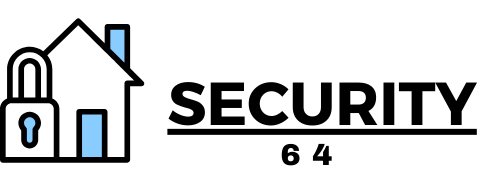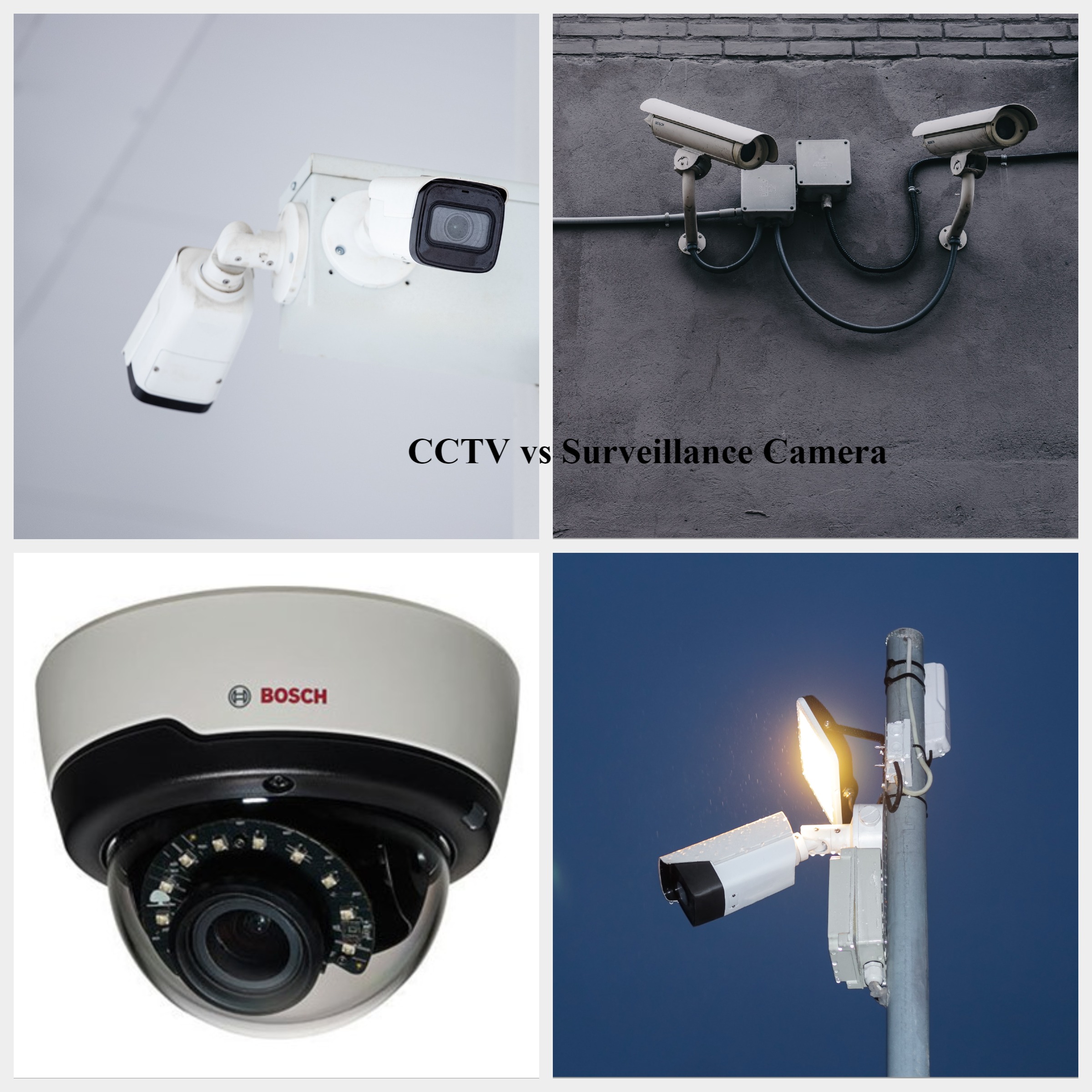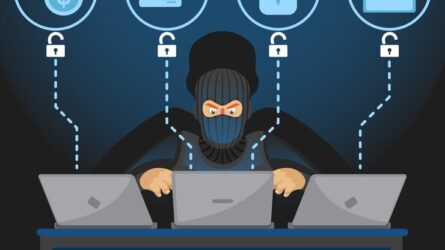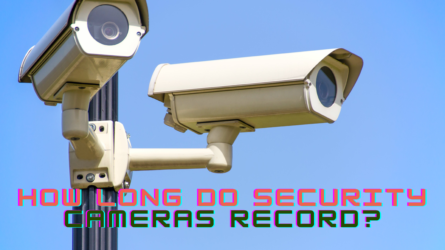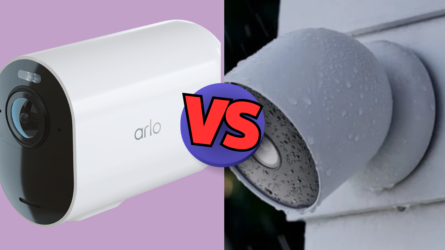In today’s world, security and surveillance have become indispensable aspects of our daily lives. The advancements in technology have given rise to various systems that aid in monitoring and safeguarding our surroundings. Two commonly used terms in this context are CCTV (Closed-Circuit Television) and surveillance. While they are often used interchangeably, it’s important to understand the subtle yet significant differences between them.
I. Overview of CCTV
CCTV, short for Closed-Circuit Television, is a sophisticated surveillance system that utilizes cameras, monitors, and recording devices to capture and monitor activities in a specific area. It offers a range of features that make it an integral part of modern security setups. For example Dome CCTV camera.
A. What is CCTV?
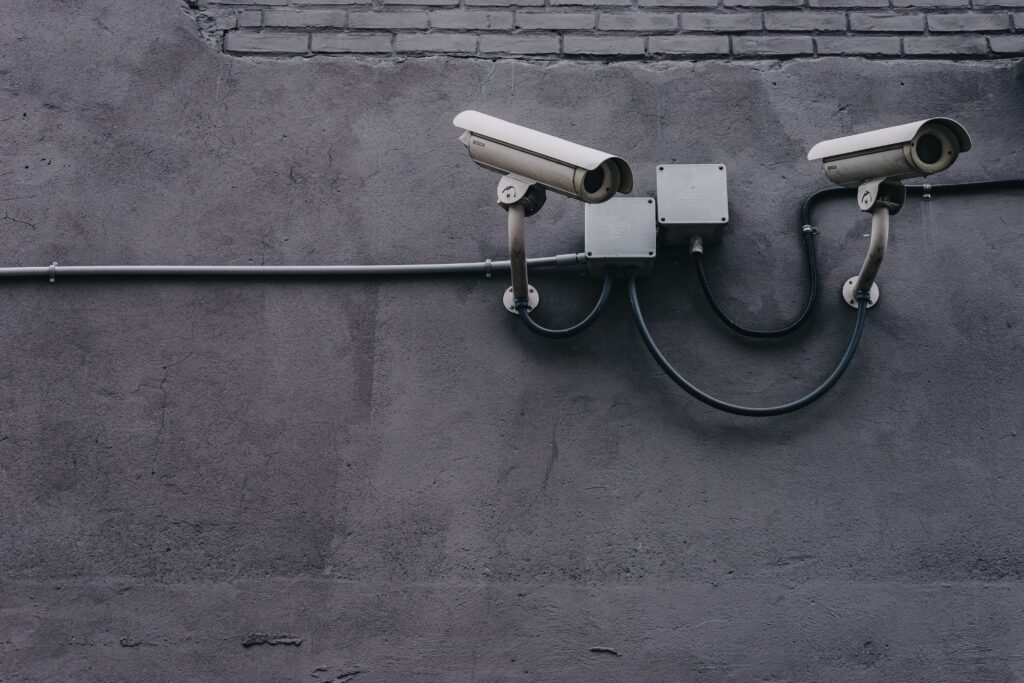
CCTV refers to a network of cameras and related equipment that are connected in a closed circuit. The system captures and records video footage, which can be monitored in real-time or reviewed later. Its primary purpose is to enhance security and provide a visual record of events.
Related: Avigilon H5A dome camera
B. Components of CCTV System
To understand how CCTV works, it’s crucial to familiarize ourselves with its key components:
Cameras: CCTV systems employ a variety of cameras, including fixed, dome, and PTZ (Pan-Tilt-Zoom) cameras. These cameras capture high-resolution video footage and transmit it to the recording devices.
Monitors: Monitors are used to display the video feed from the cameras. They allow security personnel to monitor activities in real time and respond promptly to any suspicious incidents.
Recording Devices: CCTV systems utilize recording devices to store the captured video footage. These devices can be in the form of DVRs (Digital Video Recorders) or NVRs (Network Video Recorders), depending on the type of cameras used.
II. Overview of Surveillance
While CCTV is a specific type of surveillance system, surveillance, in a broader sense, encompasses various technologies and methods for monitoring activities in different environments. For example Traffic surveillance cameras.
A. What is Surveillance
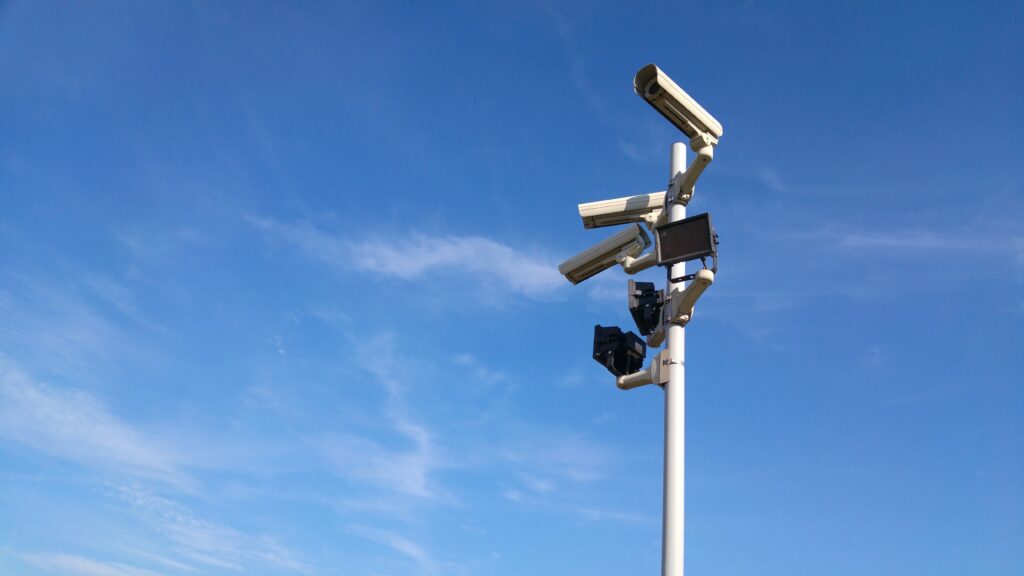
Surveillance refers to the systematic monitoring and observation of activities, behaviors, or information for a specific purpose. It involves the collection, analysis, and dissemination of data related to individuals, groups, or places.
Related: Eufy SoloCam L20
Examples of CCTV cameras & surveillance cameras
CCTV cameras
- Dome CCTV camera
- Bullet CCTV camera
- PTZ (Pan-Tilt-Zoom) CCTV camera
- C-mount CCTV camera
- Day/Night CCTV camera
- Infrared/Night Vision CCTV camera
- Wireless/Wi-Fi CCTV camera
- High Definition (HD) CCTV camera
- IP (Internet Protocol) CCTV camera
- Thermal imaging CCTV camera
surveillance cameras
- Traffic surveillance camera
- Outdoor public area surveillance camera
- Retail store surveillance camera
- Warehouse surveillance camera
- Office building surveillance camera
- School campus surveillance camera
- ATM surveillance camera
- Parking lot surveillance camera
- Public transportation surveillance camera
- Home security surveillance camera
B. Types of Surveillance Systems
Surveillance systems can be categorized into two main types: physical surveillance and digital surveillance.
Physical Surveillance: Physical surveillance involves the use of human agents to observe and gather information about specific targets. It often relies on undercover operatives, stakeouts, and covert methods to gather intelligence.
Digital Surveillance: Digital surveillance camera employs electronic devices and technologies to monitor activities. This includes systems like CCTV, biometric identification systems, GPS tracking, and data analytics software.
Functionality of CCTV
CCTV systems offer a range of functionalities that contribute to their effectiveness in security monitoring:
Real-time Monitoring: One of the primary functions of CCTV is real-time monitoring. It allows security personnel to keep a constant eye on the monitored area and take immediate action if necessary.
Video Recording: CCTV systems record video footage, providing a visual record of events. This recorded footage serves as evidence in investigations or as a reference for reviewing past incidents.
Playback and Review: The recorded video footage can be played back and reviewed at a later stage. This feature aids in identifying suspects, analyzing incidents, and enhancing security protocols based on past experiences.
Applications of Surveillance Systems
Surveillance systems find applications in various domains to ensure safety, security, and efficient management:
Public Safety and Security: Surveillance systems play a vital role in maintaining public safety by monitoring public spaces, identifying potential threats, and facilitating quick responses to emergencies.
Crime Prevention and Investigation: Surveillance aids law enforcement agencies in preventing crimes by deterring potential offenders. It also assists in gathering evidence and identifying perpetrators during investigations.
Traffic Management: Surveillance systems help manage traffic flow, monitor road conditions, and enforce traffic regulations. They contribute to efficient transportation management and reduce the risk of accidents.
Workplace Monitoring: In certain contexts, surveillance systems are utilized to monitor employee activities, ensure adherence to safety protocols, and prevent theft or unauthorized access to sensitive areas.
Key Differences Between CCTV and Surveillance

Although CCTV is a type of surveillance system, there are distinct differences between the two in terms of scope, purpose, technology, scale, control and management, and privacy concerns.
A. Scope
CCTV as a Subset of Surveillance: CCTV is a specific type of surveillance system that employs cameras and related equipment for monitoring and recording activities within a confined area.
Surveillance Encompassing Various Technologies: Surveillance, on the other hand, encompasses a broader range of methods and technologies beyond CCTV, including physical surveillance and digital monitoring systems.
B. Purpose
CCTV Primarily for Monitoring and Recording: The primary purpose of CCTV is to monitor and record activities in a specific area, providing visual evidence and aiding in incident analysis and investigation.
Surveillance for Multiple Purposes: Surveillance systems serve a wider range of purposes, such as public safety, crime prevention, traffic management, and workplace monitoring, beyond just monitoring and recording.
C. Technology
Analog vs. Digital Systems: CCTV systems traditionally relied on analog technology, transmitting video signals via coaxial cables. However, with advancements in technology, digital CCTV systems have become more prevalent, offering higher resolution and network connectivity.
Integration with Advanced Technologies: Surveillance systems leverage a variety of advanced technologies like biometrics, artificial intelligence, facial recognition, and data analytics to enhance their effectiveness and provide actionable insights.
D. Scale
CCTV Mostly Limited to Specific Areas: CCTV systems are typically implemented in localized areas like buildings, campuses, or specific zones within a city, allowing for more focused monitoring and control.
Surveillance Can Cover Wider Areas: Surveillance systems, particularly digital ones, have the capability to cover larger areas and multiple locations, enabling comprehensive monitoring and management across broader territories.
E. Control and Management
CCTV Controlled Locally: CCTV systems are often controlled and managed locally within the premises they are installed, with limited remote access or centralized control capabilities.
Surveillance May Involve Centralized Control: Surveillance systems, especially digital ones, can be centrally controlled and managed from a command center, facilitating coordinated monitoring and response across multiple locations.
F. Privacy Concerns
CCTV Can Raise Privacy Issues: As CCTV systems capture video footage in public or private spaces, there are concerns regarding privacy infringement, particularly when it comes to the recording and storage of individuals’ activities.
Surveillance Raises Broader Privacy Concerns: Surveillance systems, encompassing various technologies and methods, raise broader privacy concerns as they collect and analyze data from multiple sources, potentially affecting individuals’ privacy on a larger scale.
Pros and Cons of CCTV
CCTV systems offer several advantages and disadvantages that are important to consider in their implementation.
A. Pros of CCTV
Deterrence of Crimes: The presence of visible CCTV cameras acts as a deterrent to potential criminals, reducing the likelihood of crimes being committed in the monitored area.
Enhanced Monitoring and Security: CCTV systems provide real-time monitoring capabilities, allowing security personnel to respond promptly to incidents and ensure a safer environment.
Evidence Collection: The recorded video footage serves as valuable evidence in investigations, helping law enforcement agencies identify perpetrators and bring them to justice.
B. Cons of CCTV
Privacy Concerns: CCTV systems can raise concerns about privacy infringement, as they capture and record individuals’ activities, sometimes without their knowledge or consent.
Cost and Maintenance: Implementing and maintaining CCTV systems can be costly, requiring initial investment in equipment, installation, and ongoing maintenance to ensure optimal performance.
Limited Effectiveness in Some Cases: CCTV systems may have limitations in certain situations, such as low-light conditions or areas with blind spots, which can compromise their effectiveness in capturing crucial details.
Pros and Cons of Surveillance
Surveillance systems, with their broader scope, bring both advantages and disadvantages to the table.
A. Pros of Surveillance
Crime Prevention and Investigation: Surveillance systems aid in preventing crimes by deterring potential offenders, as well as providing valuable evidence for investigations and prosecutions.
Enhanced Public Safety: Surveillance contributes to public safety by monitoring public spaces, identifying potential threats, and facilitating quick responses to emergencies.
Traffic Management and Control: Surveillance systems assist in managing and controlling traffic flow, monitoring road conditions, and enforcing traffic regulations for safer transportation systems.
B. Cons of Surveillance
Potential for Abuse of Power: The use of surveillance systems can raise concerns about abuse of power or invasion of privacy, particularly if the collected data is misused or accessed by unauthorized individuals.
Privacy Infringement: Surveillance systems, especially those employing advanced technologies like facial recognition, can intrude upon individuals’ privacy by capturing and analyzing their personal data.
High Implementation Costs: Implementing comprehensive surveillance systems, particularly those covering large areas or multiple locations, can involve significant upfront costs, including the installation of equipment and infrastructure.
Conclusion
Both CCTV and surveillance systems offer advantages and disadvantages. CCTV systems provide deterrence, enhanced monitoring, and valuable evidence, but they can also raise privacy concerns and have limitations in certain situations. Surveillance systems, on the other hand, contribute to crime prevention, public safety, and efficient management, but they carry the risk of privacy infringement and high implementation costs.
Ultimately, the choice between CCTV and surveillance systems depends on specific requirements, the scale of monitoring needed, and the balance between security and privacy considerations. Implementing these systems should be done thoughtfully, keeping in mind the importance of security without compromising individuals’ privacy rights.
Considerations for Implementing CCTV or Surveillance Systems include conducting a thorough risk assessment, ensuring compliance with legal and regulatory requirements, implementing robust data protection measures, and providing clear guidelines on system usage and access. Comment below if you found this article useful and would like to read more like this.
Sources:
- Security Today – https://securitytoday.com/Home.aspx
- Security Magazine – https://www.securitymagazine.com/
- Axis Communications – https://www.axis.com/
- Hanwha Techwin America – https://www.hanwhasecurity.com/
- Hikvision – https://www.hikvision.com/
- Bosch Security and Safety Systems – https://www.boschsecurity.com/
